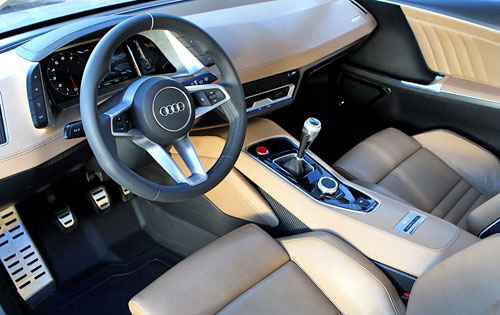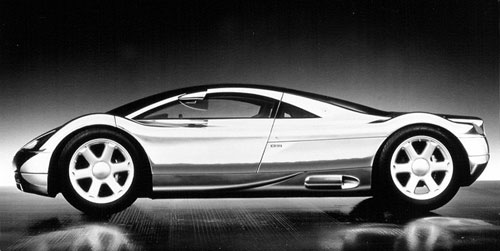EV Dreams: Lexus Electrified Sport

I hate that I love the way this looks.
To me, speed isn’t an end in itself. It’s a nice-to-have, but a car’s ability to engage me as a driver will always top my list of priorities when assessing its desirability. Axiomatically, then, a car that engages more of my body—whether appendages through the necessity of rowing my own gears or my senses through hearing and feeling the engine’s internal combustion—will always trump the sterile, inert driving experience delivered by an electric vehicle (EV).
So no EV has sparked any desire whatsoever, whether the vehicle/appliance in question is a lowly Nissan Leaf or a multi-million dollar Rimac Nevera, or anything in between.
Until now.

Toyota and Lexus recently unveiled a whole slew of EV concepts, form factors ranging from pickups and economy cars to crossovers and sports cars. Topping the range is a kind of LFA successor called the Lexus Electrified Sport.
And I can’t get enough of it. The classic long-nose, short-deck proportions have more than a hint of Mercedes-AMG GT—an excellent source of inspiration—and the concept touts other Toyota/Lexus cues, like a nose that plays like a 21st-century remix of the Mark 3 Supra’s, and upswept haunches borrowed from the latest sports car in that storied line.
There’s just one problem. While it looks fantastic, sucked to the ground, visual masses distributed like an old-school sports car’s, but with up-to-the-minute modern detailing, the inevitable question arises: Why? Why does the nose need to be so long if there’s no big engine underneath? Why is it shaped that way if it doesn’t have to be?
I have a feeling lack of underlying justification for otherwise familiar shapes is going to be a fairly recurring theme as EVs become more commonplace. Some (most?) designers see that as a net positive, freeing them from packaging constraints and liberating them to redefine the idea of what a car should look like in ways they’ve always wanted to. But for those of us, like myself, who like a little function underpinning the form, it’s a step backward.
Either way, Lexus has a visual winner on their hands. Hopefully they’ll bring it to market in some way.
Image credits: caranddriver.com



























